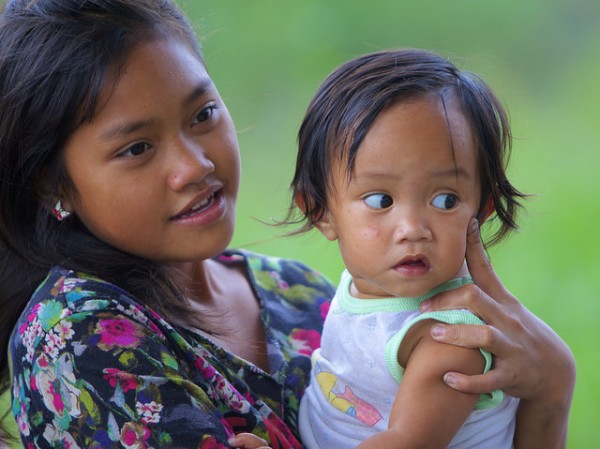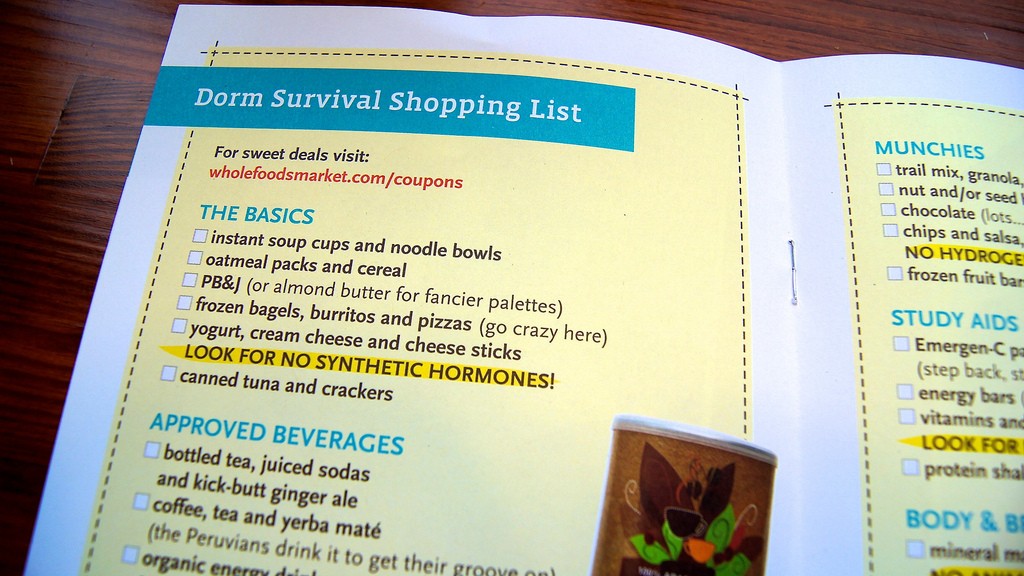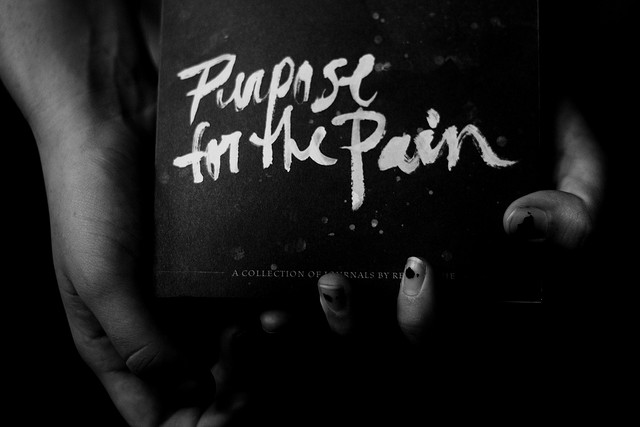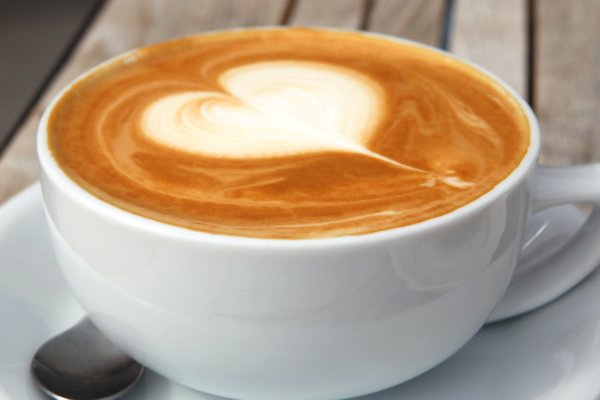
Stories of domestic violence and child abuse committed by athletes like Ray Rice and Adrian Peterson prompt public belief that violent crimes are a widespread epidemic in American professional football, thus inspiring the nickname “National Felon League.” In fact, a national survey indicates 69% of Americans believe domestic violence is a serious problem in the league. NFL officials have responded by developing policies to address domestic violence and sexual assault. Despite numerous news articles highlighting these crimes, however, few researchers have actually researched whether NFL players are more likely to commit crimes than people in the general population.
Wanda Leal, Marc Gertz, and Alex Piquero contrast the arrest rates of NFL players with those of the general public from 2000 to 2013. Using data compiled by the San Diego Union – Tribune and USA Today, the authors looked at the arrest rates of 1,952 NFL players to the national arrest rates for males between the ages of 20 and 39 as reported in the FBI’s Uniform Crime Reports (UCR). They found that NFL players had significantly lower rates of property, public order, and total arrests than other young men, but higher rates of violent arrests (a statistically significant phenomenon in 6 of the 14 years they measured, particularly from 2004 to 2008).
Leal, Gertz, and Piquero’s preliminary study does not appear to support the theory that NFL players are especially likely to be arrested, as the general population had higher arrest rates in three of the four measured crime indices. Nevertheless, the study also provides some support for those concerned about violence crime committed by professional football players.









